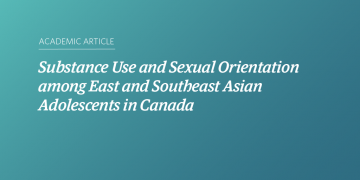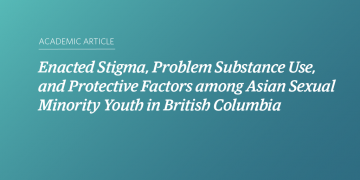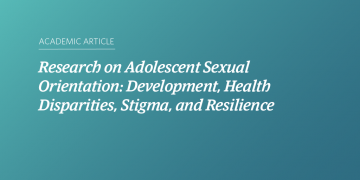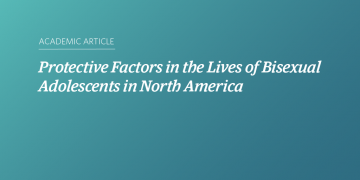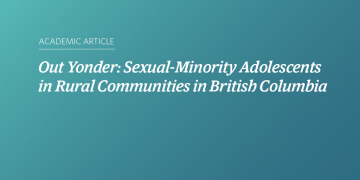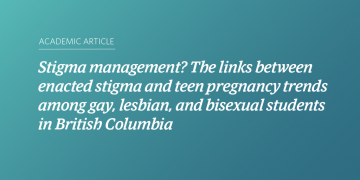Health for the World’s Adolescents: A Second Chance in the Second Decade of Life
The achievements since the 1989 World Health Assembly Resolution on the health of adolescents underpin this report. It synthesizes the progress made and the many lessons learned about rectifying the misconceptions about adolescent health, developing consensus on core indicators, better analysing the available data, strengthening the evidence base for effective interventions across a range of […]
From Hastings Street to Haida Gwaii: Provincial results of the 2013 BC Adolescent Health Survey
The 2013 BC Adolescent Health Survey was administered to almost 30,000 public school students across the province. It provides a comprehensive look at the health of youth aged 12–19. This is the fifth time students have been asked to complete the survey since 1992, and the regional coverage was the highest yet. Fifty-six of the […]
Promoting positive mental health: risk and protective factors for youth who experienced physical and sexual abuse [abstract]
Abstract Background: Sexual abuse and physical abuse are risk factors for a trajectory of poor mental health. Purpose: To identify specific risk and protective factors associated with mental health for male and female youth who have experienced physical and sexual abuse. Study/Intervention Design: A mixed methods study using data from the 2008 BC Adolescent Health Survey (AHS) and from 617 […]
Substance Use and Sexual Orientation among East and Southeast Asian Adolescents in Canada
Abstract The purpose of this study was to examine the relationship between substance use and sexual orientation among Asian adolescents in Canada. We analyzed an East- and Southeast-Asian subsample of a province-wide, school-based survey (weighted N = 51,349). Compared to heterosexual adolescents of the same gender, gay, lesbian, bisexual, and mostly heterosexual adolescents were more likely to use […]
Enacted Stigma, Problem Substance Use, and Protective Factors among Asian Sexual Minority Youth in British Columbia
Abstract This study examined enacted stigma and problem substance use among Asian sexual minority youth and the buffering role of protective factors. Logistic regression analyses of a weighted sample of 5,423 Asian youth who completed the 2003 BC Adolescent Health Survey indicated that sexual minority youth were more likely to be victimized compared to heterosexual […]
Research on Adolescent Sexual Orientation: Development, Health Disparities, Stigma, and Resilience
Abstract The decade between 1998 and 2008 saw rapid increases in research on adolescent sexual orientation development and related health issues, both in the quantity and in the quality of studies. While much of the research originated in North America, studies from other countries also contributed to emerging understanding of developmental trajectories and social influences […]
Protective Factors in the Lives of Bisexual Adolescents in North America
Abstract Objectives. We compared protective factors among bisexual adolescents with those of heterosexual, mostly heterosexual, and gay or lesbian adolescents. Methods. We analyzed 6 school-based surveys in Minnesota and British Columbia. Sexual orientation was measured by gender of sexual partners, attraction, or self-labeling. Protective factors included family connectedness, school connectedness, and religious involvement. General linear models, conducted […]
Out Yonder: Sexual-Minority Adolescents in Rural Communities in British Columbia
Abstract Objectives: We compared sexual-minority adolescents living in rural communities with their peers in urban areas in British Columbia, exploring differences in emotional health, victimization experiences, sexual behaviors, and substance use. Methods: We analyzed a population-based sample of self-identified lesbian, gay, or bisexual respondents from the British Columbia Adolescent Health Survey of 2003 (weighted n = 6905). […]
Stigma management? The links between enacted stigma and teen pregnancy trends among gay, lesbian, and bisexual students in British Columbia
Abstract Over the past decade, several large-scale school-based studies of adolescents in Canada and the U.S. have documented health disparities for lesbian, gay and bisexual teens compared to their heterosexual peers, such as higher rates of suicide attempts, homelessness, and substance use. Many of these disparities have been linked to “enacted stigma,” or the higher […]
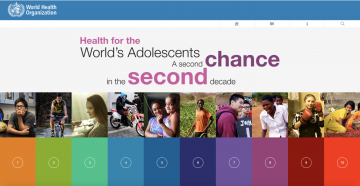
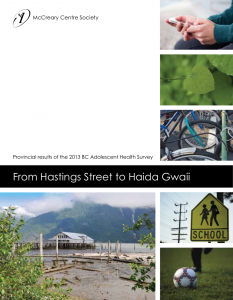
![Teal and blue gradient background with white text that says “Promoting positive mental health: risk and protective factors for youth who experienced physical and sexual abuse [abstract]”](https://www.saravyc.ubc.ca/files/2012/08/Promoting-positive-mental-health-risk-and-protective-factors-for-youth-who-experienced-physical-and-sexual-abuse-abstract_Twitter-360x180.png)
